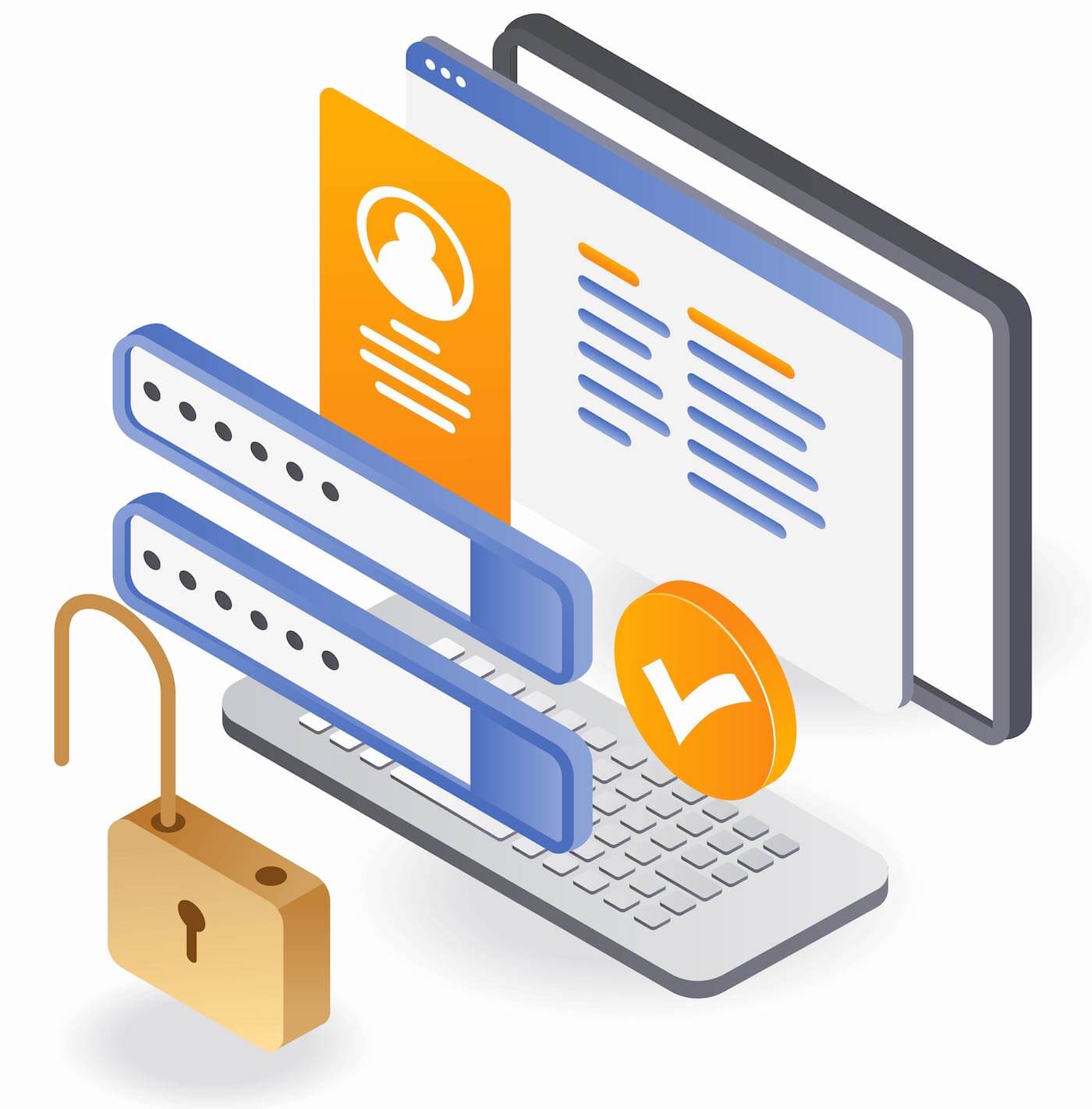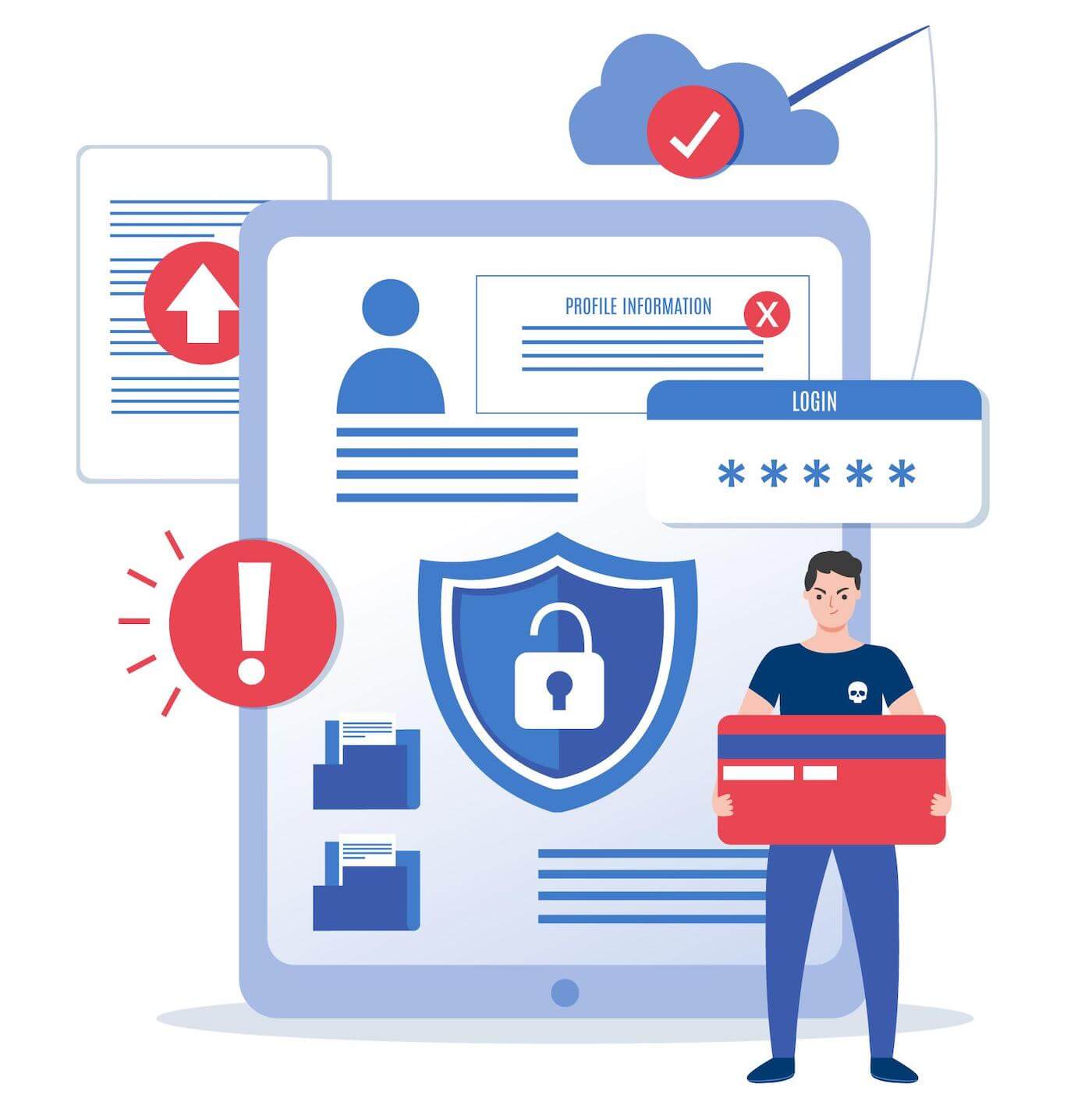Do You Know Where Data Lives In Your Organization and Who Has Access To It?
When it comes to organizational health, businesses need to pay attention to data security. When a business collects any kind of data, including intellectual property, the security systems within a company protect individuals, from both inside and outside the company, from accessing it.
Paying attention to where your data lives in your organization and who has access to it can make or break a strong organizational security plan.
Let’s dive into why managing your company’s data access is important and what you can do to improve your organization’s data security plan.
Importance of Data Management and Internal Security

Most companies in the digital age are collecting tons of data. This data is about its organization, its employees, customers, transactions, and financial information as well. Unfortunately, managing this much data can be extremely costly and difficult, regardless of security.
If you have a lot of data, you often need to pay for technological maintenance, physical or cloud computing storage to house it, and then security on top of that. The time and personnel cost of simply collecting data are high.
On top of this, the reason for data collection comes into play. If you’re an insurance company, for example, then you’re collecting personal data about your customers as well as brokerage information. Essentially all of the information that you’re collecting can be considered valuable to someone else (i.e., a hacker) and can risk a data breach. This means that you must pay additional resources into strong security to protect it.
While you might think about the ways that hackers can access your data (although not many do), more companies leave their data accessible to their staff, which can pose a security risk.
According to security statistics,15% of companies leave more than one million files available to staff members to access. The average employee has access to around 11 million files at work. And 17% of sensitive files that a company collects are accessible to all employees.
When it comes to protecting sensitive information, businesses, unfortunately, need to also assess their internal security. For a number of reasons, it’s just not plausible to completely trust all employees with sensitive information.
Insider Threats and Company Security
The majority of businesses are aware of company hacks. But, are they aware that humans cause the most security breaches? Statistics suggest that 95% of security breaches are caused by employees, either due to malicious activity or neglect. These are ultimately known as insider threats.
Insider threats refer to the ability for a cyber attack or breach to happen to a company when caused by someone inside the company. This might be an employee, manager, or a third-party partner. Ultimately, your insiders increase the number of endpoints in your company and increase the vulnerability of your sensitive customer data.
An employee might not have a malicious bone in their body but they might accidentally open an email that has malware in it. The malware then infects the computer and any computers attached to the network. On the other hand, you may be working with a malicious employee and you don’t even know it. They might have a plan to infiltrate your company and gain access to sensitive information.
Regardless, the point is that companies cannot completely trust their workers with access to all areas of their network. Zero trust security is one way to protect against malicious attackers gaining a foothold in your company through your workers. But file access restriction and data loss prevention are the best ways to protect sensitive files from your own staff.
Who Should Have Access to Sensitive Files?

When it comes to sensitive information collected by a company, you really need to look at:
- What type of personal information are you collecting
- Why the information is being collected
- If it needs to be collected
- How the data will be used
- What is the minimum number of people who should have access to this information?
- What software is protecting those files
If you have sensitive files, you should be asking yourself these questions and then reassessing your network security plan based on these factors. If the information that you are collecting is necessary and does not need to be accessed by many people, then you can limit your sensitive file authorized access to the key stakeholders of that project.
This might only be your head of IT or CIO. The decision should be based on who can be trusted with this information and who might need to access it more than once in a given year.
The bottom line is that your entry-level employees should not have access to sensitive information especially if they don’t need it. If more individuals need to access that information, then strong security measures like encryption, cloud security, and multi-factor authentication (MFA) need to be implemented.
How to Find Your Sensitive Data
If you’ve come across this article and you don’t yet know where your sensitive data lies in your company, then don’t fret. You’ve made the first step at addressing your data security.
If you need to find your sensitive data, then you’ll want to start by addressing:
- Who might have accessed your data or been in charge of your data in the past
- The data source
- What avenues are collecting data
- Which data is being collected
- Your industry and current processes
- Whether a third-party service provider has access to the data
- Whether or not you use a cloud vendor
Finding your sensitive data will depend on these factors. If data is collected in person and then uploaded to a computer, then an audit of your file structure will reveal any hidden or password-protected files.
Protecting Your Sensitive Data
When it comes to data collection and data security, each business needs to pay special attention to how data is collected and treated. You need to keep your data safe from malicious attackers and protect sensitive data. This might even be more important if the data falls under laws like California Consumer Privacy Act (CCPA) and General Data Protection Regulation (GDPR).
The CCPA and GDPR laws protecting the privacy rights of California residents and European residents, respectively, require businesses that collect personal information about customers within each of those jurisdictions to practice data privacy methods. While the methods might differ based on area, the fundamental principles still apply.
Companies will also want to implement data backup and proper data on-site security. With large companies, it might seem virtually impossible to protect data manually. Even with authorization restrictions and password protections, businesses need a data monitoring tool in place to keep this data protected.
A data monitoring software like SoftActivity will alert businesses to data movement, providing a comprehensive level of data visibility. With complete access to the network and files classified within the software, admins are alerted any time a file is moved, modified, copied, deleted, or a folder accessed by anyone (and these notifications can be configured to your company settings).
Once you have the sensitive data located and secured, lock it down even more with data monitoring software. Reach out to SoftActivity to drastically improve your data security today!
By SoftActivity Team.